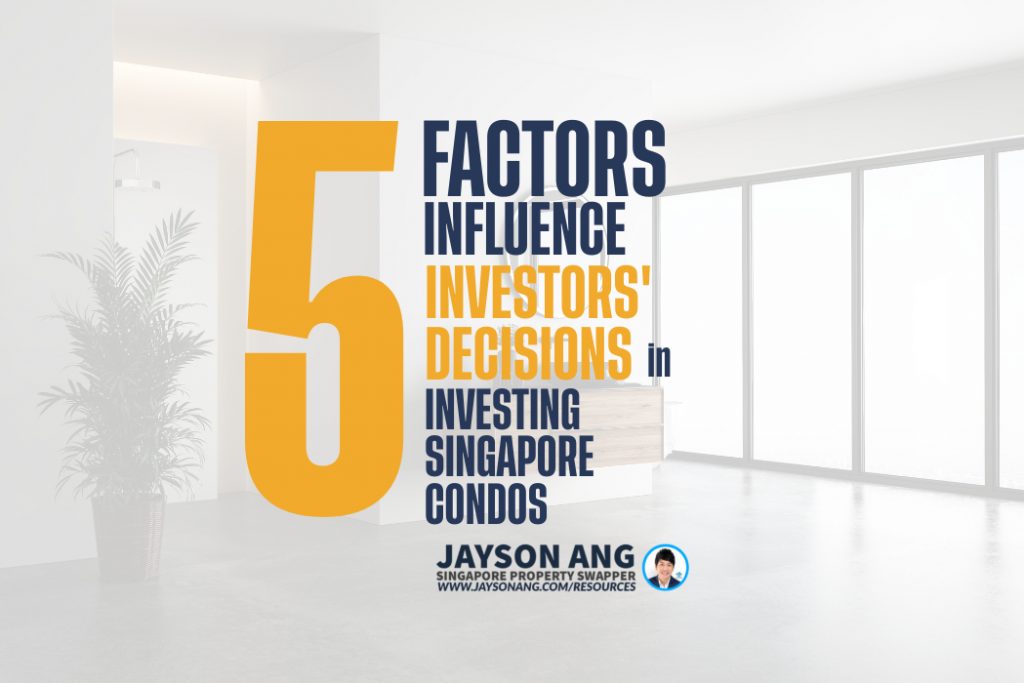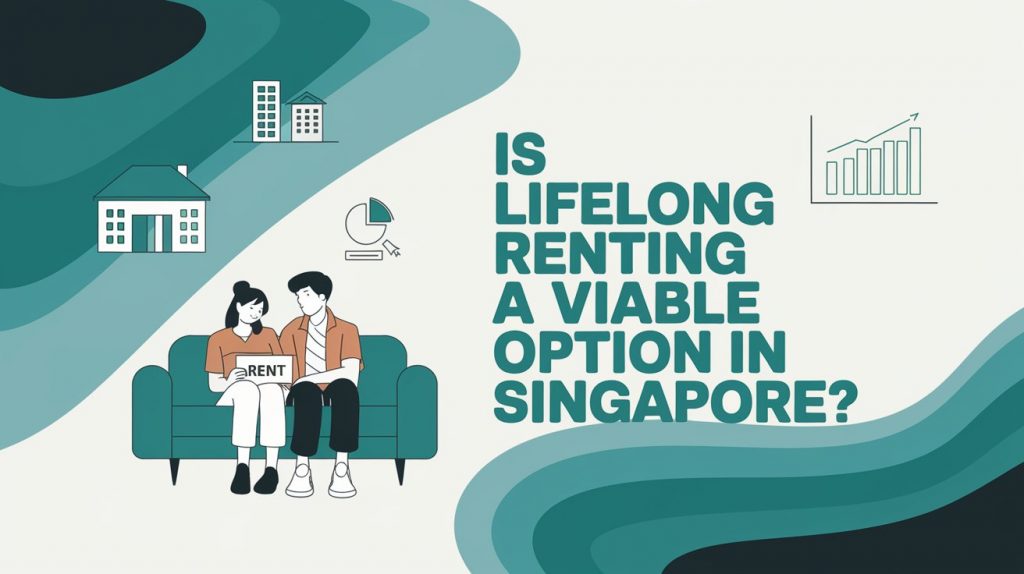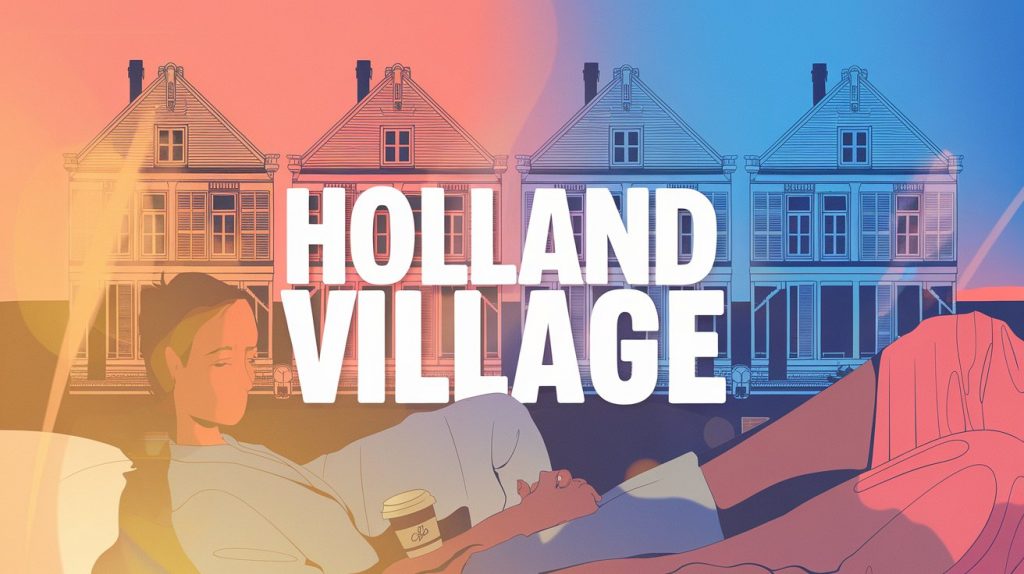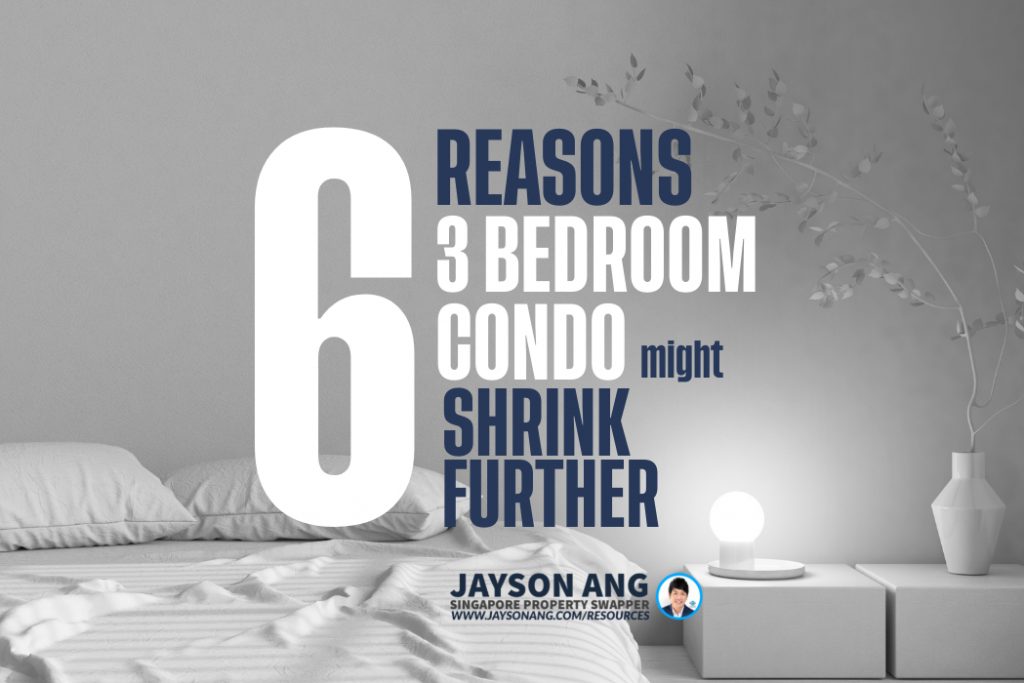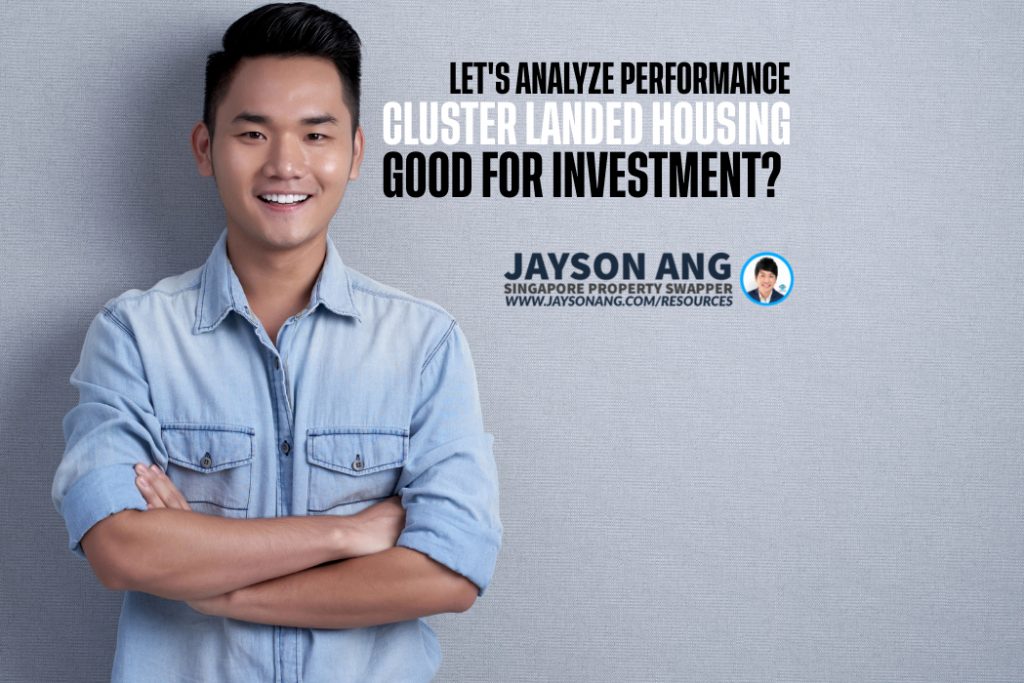TLDR Summary:
The “Sell One, Buy Two” real estate tactic, popularized in 2016-2017, involves selling a property and buying two others to avoid stamp duties. However, its appeal has waned due to increased property prices and regulatory changes like tighter loan rules. The strategy’s viability is questioned, especially for HDB upgraders, as incomes need to meet higher prerequisites. Rental property investment remains viable, but the approach faces challenges with rising costs and stricter regulations. The market environment’s risks, price surges post-COVID-19, cooling measures, and increased property prices have dampened interest in the strategy. Financial impracticality and high costs for dual mortgages have led many to opt for larger single properties over two smaller ones. The rental market outlook is uncertain, with some agents cautious about relying on rental income. Overall, the “Sell One, Buy Two” approach is losing favor due to financial constraints and market dynamics.
The real estate tactic known as “sell one, buy two” has been a mainstay in the property industry’s strategies for quite a while, tracing its origins back to at least the previous real estate downturn in 2016. However, this approach hasn’t been as prevalent in recent conversations, with several real estate professionals admitting their reluctance to advocate for it currently. We decided to delve into the evolution of this once “tried-and-true” method of bypassing stamp duties, questioning its viability and relevance in the future.
The significance of “Sell One, Buy Two” over the past decade
Alright, so the exact creator of the term and strategy is a bit fuzzy for us, but we do remember it popping up somewhere around 2016 or 2017 (give us a shout if we’ve got that wrong). Back then, this whole plan was a reaction to HDB putting a stop to decoupling among flat owners. It was also a time when property prices took a bit of a nosedive, making units more budget-friendly. However, the market wasn’t exactly buzzing, as things were moving kinda slow.
Good News For HDB Buyers In 2023
The concept here is pretty straightforward. A couple can decide to offload their current place (most times, it’s an HDB flat) and each partner gets a mortgage for their own new home. Since no partner owns more than one property, there’s no need to bother about Additional Buyers Stamp Duty (ABSD).
Usually, in scenarios like this, it’s advised that the partner with the higher income gets a bigger place that serves as the family home. The other partner can then get a smaller property, something like a shoebox unit or a two-bedroom place, which can be put up for rent.
Over time, this strategy has become a favorite among wealthier buyers who are also interested in investing. However, even with ABSD rates climbing in 2023, we’ve noticed that few agents are talking about this approach to buyers. Some have even expressed concerns, saying it might not be the safest or most practical route for many customers.
Why is “Sell One, Buy Two” losing popularity?
Prices for properties saw an uptick of 27% in 2023 when compared to 2020, according to the Property Price Index increase from OCR properties between the second quarter of 2020 and the same period in 2023.
Now, if we shift our gaze to the extra cash forked out, it’s pretty much on par. So yeah, even though the cost of properties went north, the value of the existing property also climbed up, cushioning the blow of the higher initial payment needed.
Despite the escalation in prices between 2020 and 2023, the ‘sell one, buy two’ strategy could have deterred many. Why so? This can be attributed to two key regulatory changes implemented in 2021 and 2022:
The Monetary Authority of Singapore (MAS) tightened the Total Debt Servicing Ratio (TDSR) from 60% to 55% for housing loans in December 2021.
In September 2022, the medium-term floor rate used for TDSR calculations was hiked up from 3.5% to 4%.
These figures might appear small, but their impact on who can adopt this strategy, specifically HDB upgraders, is substantial.
Consequently, there was a 47.3% surge in the income prerequisite which is notably higher than the nominal growth in median salaries from 2020 to 2023.
However, the period also witnessed an uptick in rental prices leading some to question if the investment aspect of the ‘sell one, buy two’ scheme remains viable.
Assessing solely the rental property, the rent hike does counterbalance the rise in interest rates. Hence, the investment element continues to be practical, assuming you can still manage the property expenses.
What about the own-stay portion?
From this vantage point, it’s clear that the issue isn’t with the “Sell 1 Buy 2” strategy itself, but rather its steep cost and impracticality for a vast number of potential buyers.
So, what are the key factors contributing to the dwindling appeal of this particular approach?
– The heightened risk in the current market environment – Surge in prices post-COVID-19 – Stricter cooling measures – Increased risk
The primary risk associated with the “Sell 1 Buy 2” approach has always been the burden of dual mortgages. Since each partner owns their respective unit, each person is tasked with managing a mortgage.
It’s usually recommended for homebuyers to ensure their loan doesn’t surpass 30% of their monthly income. However, as interest rates climb, buyers are more prone to overshoot this limit; many prefer to consolidate into one mortgage instead (i.e., merely upgrade to a larger single home).
This problem is exacerbated by the escalated prices in the era of Covid, which demand heftier loan amounts.
Please note that HDB enforces a Mortgage Servicing Ratio (MSR) limit of 30%, whether you agree or not. For private housing, however, you can push this to 55% in terms of the Total Debt Servicing Ratio (TDSR).
Higher prices since COVID-19
As I pen this piece, I notice a trend where three-bedroom homes in new developments are touching the $2 million threshold, even outside the central district.
A real estate agent highlighted that during 2016-2017, when the “Sell One, Buy Two” concept was introduced, one-bedroom pads were priced around $600,000, while three-bedroom ones stayed under $1.5 million. However, post-pandemic, there was a surprising surge in prices within a short span, which wasn’t mirrored by purchasing capabilities.
The above assertions confirm this fact.
So, while the pandemic did trigger job cuts and financial instability, it’s also true that government-funded support and sustained demand for housing pushed prices higher. This further aggravated the problem of soaring prices and increased interest rates.
Increased cooling measures
A real estate agent recently brought up the point that single-bedroom apartments can now reach prices as high as $800,000, a figure that many lone borrowers find challenging to swallow. It’s also increasingly difficult for an individual applicant to secure such a hefty loan due to tightened regulations on the Total Debt Servicing Ratio (TDSR) and rising medium-term floor rates used to determine the minimum income requirement. Consequently, most people prefer investing in a larger single property instead of two smaller ones.
A glimmer of hope appeared when the Additional Buyer’s Stamp Duty (ABSD) rates for foreigners doubled, causing some uncertainty about the future of the rental market.
One agent admitted to advising against buying a second unit for rental purposes, especially during the pandemic’s climax:
“I cautioned some clients against this move. In less central areas, rentals during the Covid period were sustained primarily by Malaysian workers or others who found themselves stranded and in immediate need of housing. This scenario is unlikely to persist post-Covid, and it’s uncertain when and how many foreign workers will return. Given the rising property prices and mortgages, I believed it was too risky to bank on rental income.”
However, she remains somewhat optimistic about rental prospects in Core Central Region (CCR) and Rest of Central Region (RCR) areas, given the 60 per cent ABSD imposed on foreigners. This might encourage more of them to rent instead of purchase properties, but she still wouldn’t endorse the “Sell One, Buy Two” approach as it seems overly speculative.
Opinions among other agents are split over whether the steep stamp duties for foreigners will uphold the rental market. Some highlighted that the rental market hit a two-year low last August, and the brief surge post-Covid is likely past its peak. They also noted the influx of condos scheduled for completion in 2023/4.
Despite the high rental rates over the past couple of years, they’ve been somewhat offset by equally high-interest rates. Furthermore, unexpected maintenance costs for some condos, such as Dairy Farm Residences and Parc Komo, can erode a landlord’s net rental earnings.
However, as the supply crunch draws to a close, the motivation to invest in a rental property reduces.
As market observers have noted, numerous projects are slated for completion within the next year, including large-scale ones like Normanton Park. The substantial influx of units is likely to dampen demand.
The “Sell One, Buy Two” strategy isn’t extinct, but there’s been a noticeable drop in the number of folks who can swing it financially and are willing to take that gamble. Add to this the boom in finished properties and their soaring price tags, and picking out that perfect second home has become a bit of a sticky wicket.
If you’re fed up with the relentless “Sell One, Buy Two” scheme, breathe easy. It seems like that chant is fading into the background, at least for the next year or two.
Should You Buy, Sell or Wait?
If you’re reading this, you must be trying to figure out the best course of action right now: is it the right time to buy or sell?
It’s difficult to give an exact answer since everyone’s situation is unique and what works for one person may not necessarily work for you.
I can bring you a wealth of on-the-ground experience and a data-driven approach to provide clarity and direction. From beginners to experienced investors, our top-down, objective approach will help you on your real estate journey.
I can help you by:
- Offering Strategic Real Estate Advice – I can help create a comprehensive plan to guide you through your property journey.
- Connecting Your Home with the Perfect Buyers – Through stunning visuals, an effective communication strategy, and an in-depth knowledge of the market, we’ll ensure your home is presented in the best possible way to fulfill your goals.
You May Also Like …














